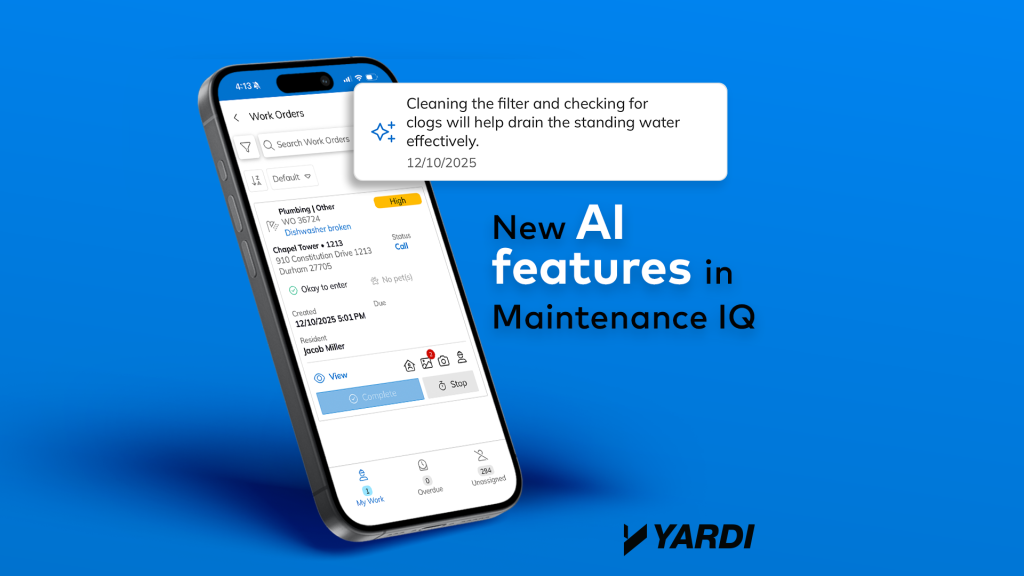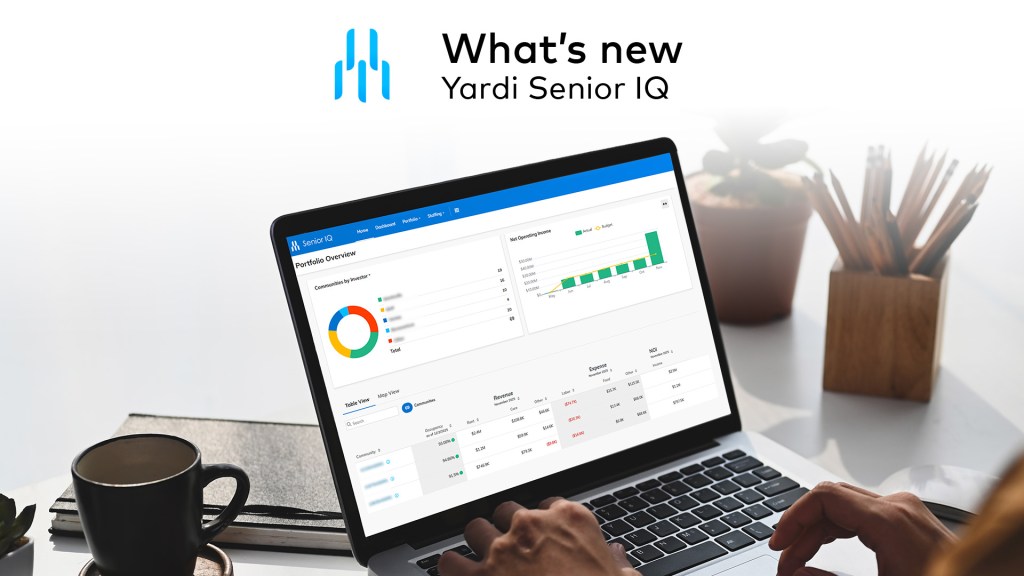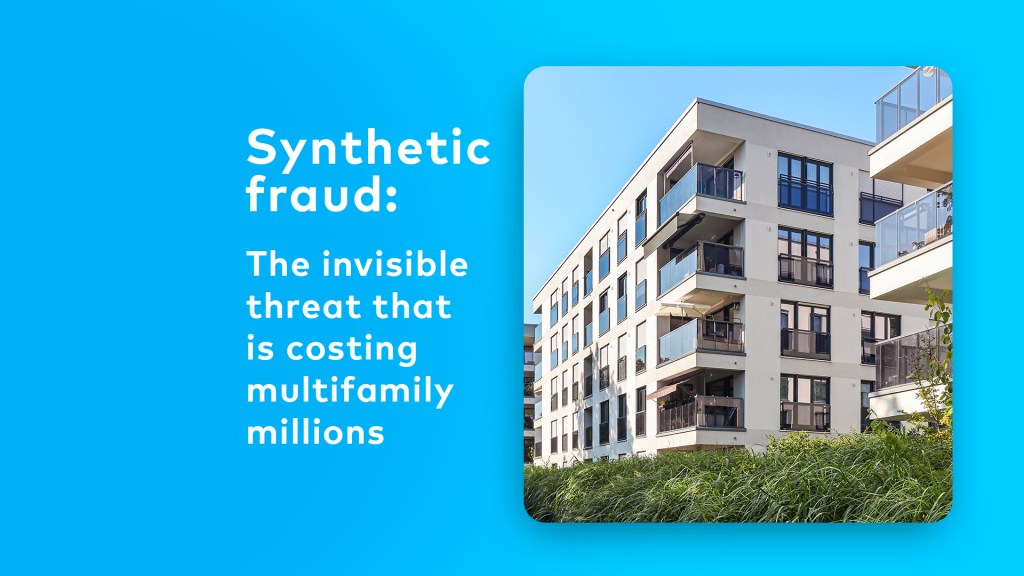By Joel Nelson on August 11, 2021 in Energy
The residential real estate sector is going to see a few changes in the near future as businesses continue to open up their office environments, travel and immigration resume to pre-pandemic levels and Canadians gain a sense of confidence in venturing out of their homes on a more regular basis. Though human interactions will see a subtle shift from the pre-pandemic era, how residents use their living spaces will continue to evolve. This is an opportunity for real estate companies to re-evaluate the ways in which they manage their properties. Regardless of their approach to marketing, resident relations and other operations – the value of a viable energy strategy is gaining importance in the Canadian real estate sector.
Residential property owners can increase asset values, boost stakeholder satisfaction and ensure compliance by adopting smart energy consumption practices. That’s best done strategically, especially as costs remain under heavy scrutiny and ESG accountability assumes ever-greater importance.

First step: Utilize utility data to minimize costs
Understanding and documenting energy consumption across a portfolio should be the first step in building a value-add energy strategy. Why? Because this operational area is one of a property’s largest controllable operating expenses. Understanding and harnessing utility data can make a property more valuable, more likely to retain residents, more easily marketed for sale, more compliant and more attractive to prospective tenants and investors and less likely to require concessions to rent.
Advanced automated utility expense management systems also reduce duplicate payments, late fees, system interface errors and inaccurate spend measurements. They replace the cumbersome process of tracking consumption in excel, and wading through stacks of paper utility bills with digital invoice transmission and automated usage validation.
Along with creating a single solution for invoice tracking, payments, budgeting and reporting, these systems unify utility and real estate data in a shared database. That makes benchmarking simpler and more accurate. A single system for all business processes also enables the full visibility necessary for informed decision-making.
Next: Apply energy data for maximum visibility
Benchmarking is a proven means for gaining insight into where to focus energy management efforts and drive consistent improvement. This practice allows building owners and managers to determine whether a building is performing more efficiently over time based on defined, measurable criteria that influence energy usage. ENERGY STAR® is the industry benchmarking standard that shows how efficiently a building performs compared to similar buildings. Benchmarking also determines outliers in a portfolio, identifies properties that should undergo energy audits and helps property managers plan future energy conservation actions.
The benefits of benchmarking to ENERGY STAR standards extend to operating income, resident satisfaction and the marketability of a property. Building owners meeting the ENERGY STAR standard might also earn exemptions from audits and recommissioning and obtain low-cost green financing. Benchmarking can also attract investors to whom ENERGY STAR and other standards matter greatly. Investors increasingly take ESG performance, of which energy is a key component, into account in their decision-making.
Consumption data drawn by energy intelligence software systems can drive incremental but impactful changes for residential properties. Measurements of usage, equipment status and trends help property owners identify excess consumption and lower maintenance and operating expenses. Fault detection diagnostics make maintenance easier and more efficient by quickly identifying the most important issues. That lets building staff prioritize their work and fix equipment before comfort problems or large energy losses arise.
There’s also great value in simple actions like calibrating system sensors, replacing air filters, cleaning coils and periodically retro-commissioning equipment. Keep in mind that software platforms that integrate utility data with resident data in the property management system also provide early warning for abnormalities such as spikes in usage, leaks, faults or broken meters. That can make maintenance easier and less expensive.
And finally: Engage residents and improve visibility
Property managers’ best-laid plans for energy efficiency and leading-edge technology won’t work well without buy-in from another key constituency: residents. Engage them within your residential portal – which also increases collection rates by integrating payments and consumption reports – by making conservation fun and worth their while. Communicate the benefits of energy efficiency to the community, the environment and the property’s liveability. Consider setting up call centers where residents can get help and information on utility issues. Solicit their ideas and give them roles in forming and executing projects. Maybe even sponsor competitions with prizes for the ideas that yield the best results.
The automation of property management has progressed steadily over the last couple of decades, moving from basic accounting to encompass virtually every ancillary operation. Software technology has succeeded in catching up to the complexities of managing energy consumption.
Ready to learn more about the benefits of energy management technology? Read our white paper on utility expense management best practices.


